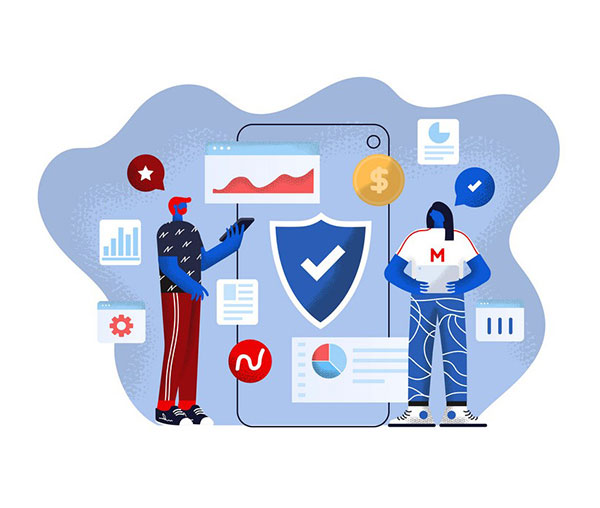DMARC SERVICES
DMARC (Domain-based Email Authentication, Reporting & Conformance) is a medium that uses the Sender Policy Framework (SPF) and DomainKeys Identified Mail (DKIM) to assess the authenticity of an email message. Unlike SPF and DKIM, a properly configured DMARC policy can instruct the recipient server to accept or reject an email from a specific sender.

Authenticate & enhance email deliverability
DMARC allows the email ecosystem to develop a consistent strategy of dealing with emails that are not authenticated
- The email ecosystem as a whole becomes more secure and more trustworthy.
- Disable inbound threats and secure your brand name.
- Complete transparency and access overall email gateways.
- It prohibits an attacker from manipulating the message before it hits the intended recipients. DKIM signatures will withstand routing, making it preferable to SPF and a great way to protect your address.
This authenticates the identity of the recipient using public key (asymmetric) cryptography ,RSA digital signatures. SPF allows only legitimate emails to the receiver's address which eliminates the chance of spam, virus, and phishing scheme emails.
Why is DMARC important?
With the ascent of the social web and the universality of internet business, spammers and phishers have an enormous monetary motivating force to bargain client accounts, empowering robbery of passwords, financial balances, Visas, and then some. Email is anything but difficult to parody and lawbreakers have discovered mocking to be a demonstrated method to misuse client trust of notable brands. Just embeddings the logo of a notable brand into an email gives it moment authenticity with numerous clients.
Clients can't tell a genuine message from a phony one, and huge letter drop suppliers need to make troublesome (and habitually off base) decisions about which messages to convey and which ones may hurt clients. Senders remain to a great extent ignorant of issues with their verification rehearses in light of the fact that there's no adaptable route for them to show they need criticism and where it ought to be sent. Those endeavoring new SPF and DKIM sending continue gradually and circumspectly on the grounds that the absence of criticism additionally implies they have nothing but bad approach to screen advance and troubleshoot issues.
DMARC addresses these issues, helping email senders and receivers work together to better secure emails, protecting users and brands from painfully costly abuse.
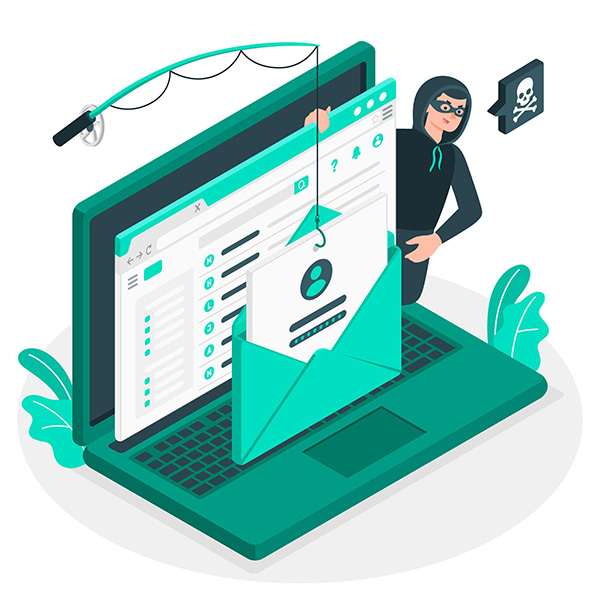
Alliance Partners
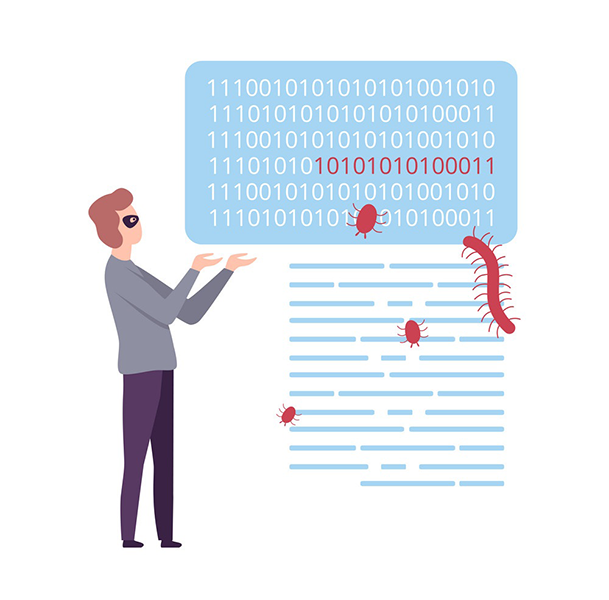
What is DMARC, and how does it combat phishing?
DMARC is a way to make it easier for email senders and receivers to determine whether or not a given message is legitimately from the sender, and what to do if it isn’t. This makes it easier to identify spam and phishing messages, and keep them out of peoples’ inboxes.
DMARC is a proposed standard that allows email senders and receivers to cooperate in sharing information about the email they send to each other. This information helps senders improve the mail authentication infrastructure so that all their mail can be authenticated. It also gives the legitimate owner of an Internet domain a way to request that illegitimate messages – spoofed spam, phishing – be put directly in the spam folder or rejected outright.
Why is DMARC needed?
End users and companies all suffer from the high volume of spam and phishing on the Internet. Over the years several methods have been introduced to try and identify when mail from (for example) IRS.GOV really is, or really isn’t coming from the IRS. However:
- These mechanisms all work in isolation from each other.
- Each receiver makes unique decisions about how to evaluate the results.
- The legitimate domain owner (e.g. IRS) never gets any feedback.
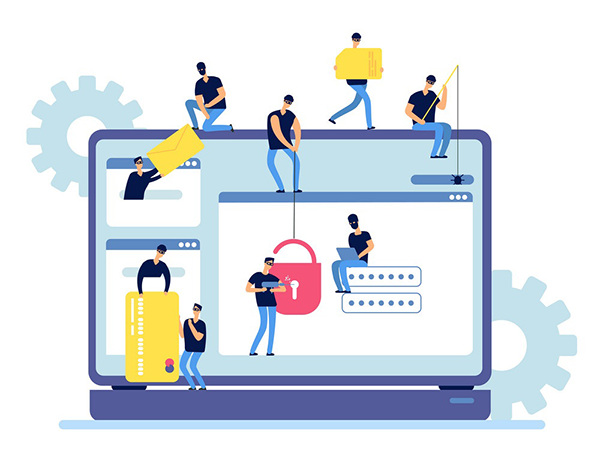
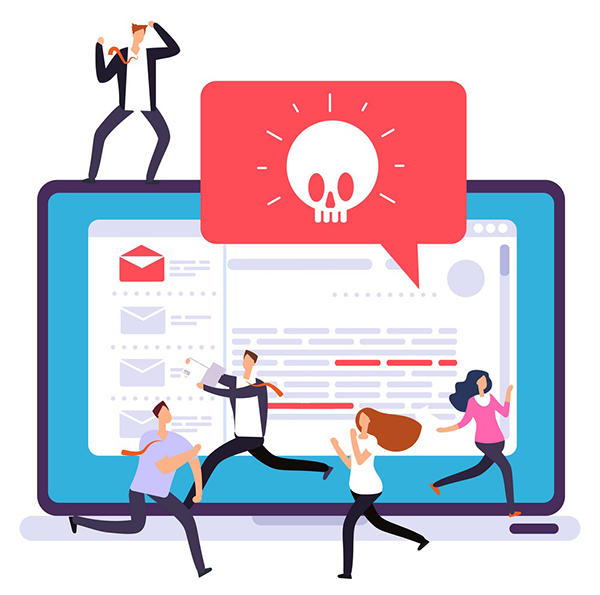
DMARC attempts to address this by providing coordinated, tested methods for:
Domain owners to:
- Signal that they are using email authentication (SPF, DKIM).
- Provide an email address to gather feedback about messages using their domain – legitimate or not.
- A policy to apply to messages that fail authentication (report, quarantine, reject).
Email receivers to:
- Be certain a given sending domain is using email authentication.
- Consistently evaluate SPF and DKIM along with what the end user sees in their inbox.
- Determine the domain owner’s preference (report, quarantine or reject) for messages that do not pass authentication checks.
- Provide the domain owner with feedback about messages using their domain.
What does a “quarantine” policy mean in a DMARC record?
Given this present reality, non-specialized utilization of the term, Quarantine signifies "put in a safe spot for extra handling". The definition is at the energy about the administrator of the getting email framework. It might mean convey to the "garbage organizer" yet it might likewise mean hold in an information base for additional consideration by devoted faculty, or basically add a particular tag to the message before conveyance.
That is a short answer; the circumstance is more intricate. DMARC is another innovation and it is an issue of needs. For email senders, shielding their image from counterfeit messages is the significant goal, so their first concern is to distribute a DMARC record and get the most conceivable requirement. For beneficiaries the first concern is to have clients' mail boxes liberated from approaching phony messages, so they are dealing with actualizing approaching mail channels dependent on DMARC. These are the needs that advantage everyone the most.
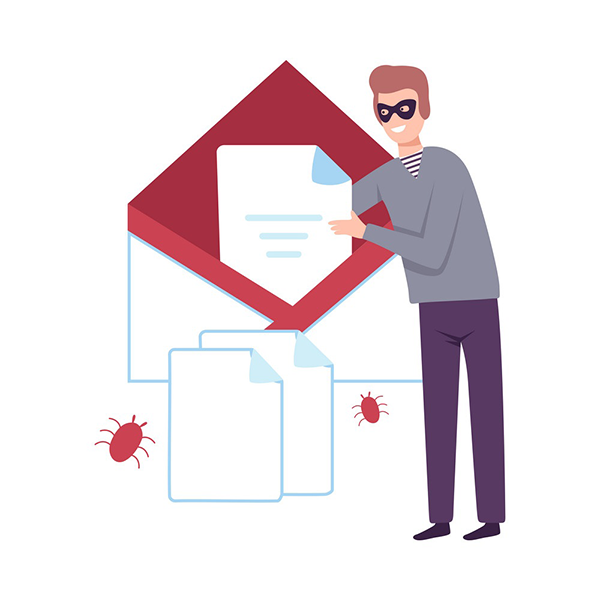

Absolutely mail box suppliers could distribute a DMARC record with an approach of none to gather reports and investigate their email streams. These reports are probably going to be huge, which stresses the framework at the letter box supplier as well as at each site producing reports. This would divert from the prime goals refered to in the principal section.
Moreover, while a DMARC secured email can endure some sending, it doesn't endure all cases, particularly mailing records. DMARC innovation is most appropriate for value-based messages and semi-conditional messages. Clients that unexpectedly can't arrive at different individuals from a mailing rundown would positively gripe and over-burden uphold work areas.
At long last, the need in battling email tricks for enormous letter box suppliers is to distinguish their own maverick clients. There is no compelling reason to attempt to counterfeit an email when you can have a free letter box in under a moment and begin carrying on severely. It is more significant for the email network that significant letter box suppliers can rapidly recognize their getting into mischief clients than it is for them to shield their outbound mail stream from counterfeit messages.
Be that as it may, when they are securing approaching messages with DMARC, anticipate that them should begin ensuring active conditional messages like secret phrase reset notices and such. It is each of the an issue of needs and what huge successes can be gotten first.
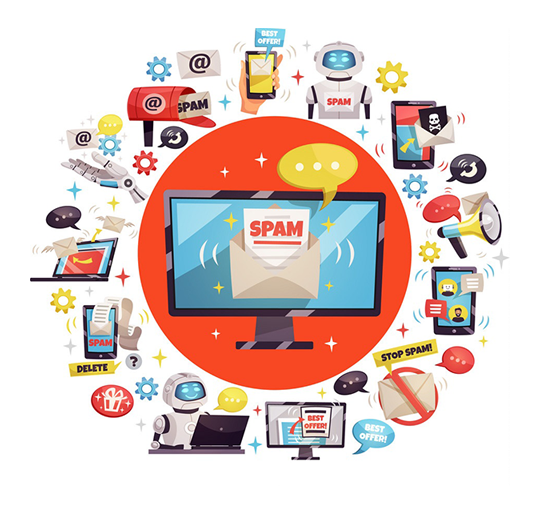
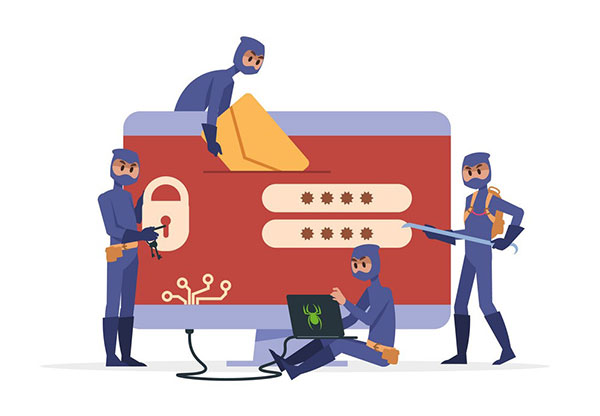
How does DMARC help the End User / Consumer?
The short answer is that DMARC helps the end user by making it easier for their mailbox provider (e.g. AOL, Comcast, Hotmail, GMail, Yahoo) to keep spam and phishing messages from ever reaching their inbox.
At the moment this all happens behind the scenes, just as traditional spam filtering is done – the end user only sees the results, which should be fewer fraudulent messages from domains as they adopt DMARC. The DMARC group has noted that future work could address making DMARC results visible to end users, but the first steps are to launch the standard, gain experience with it, and achieve widespread adoption.
The good news is that the technologies in question (SPF, DKIM) have been in use for a long time, and most receivers have already implemented them. (They may need to do a little more work to implement DMARC’s policy checks and reporting.) Most senders have implemented at least one of the technologies, and would need to publish DMARC policies.
The key thing for end users to understand is that DMARC is a mechanism that enables senders and receivers to coordinate their efforts in identifying fraudulent messages and preventing them from reaching inboxes. As more parties implement DMARC, sending such messages will become more difficult. But it only protects mailboxes where the receiver or operator has implemented DMARC, and only for those messages where the sender (e.g. example.com) has also implemented DMARC. So concerned end users should feel free to encourage their mailbox providers and the companies that send them email to implement DMARC.
